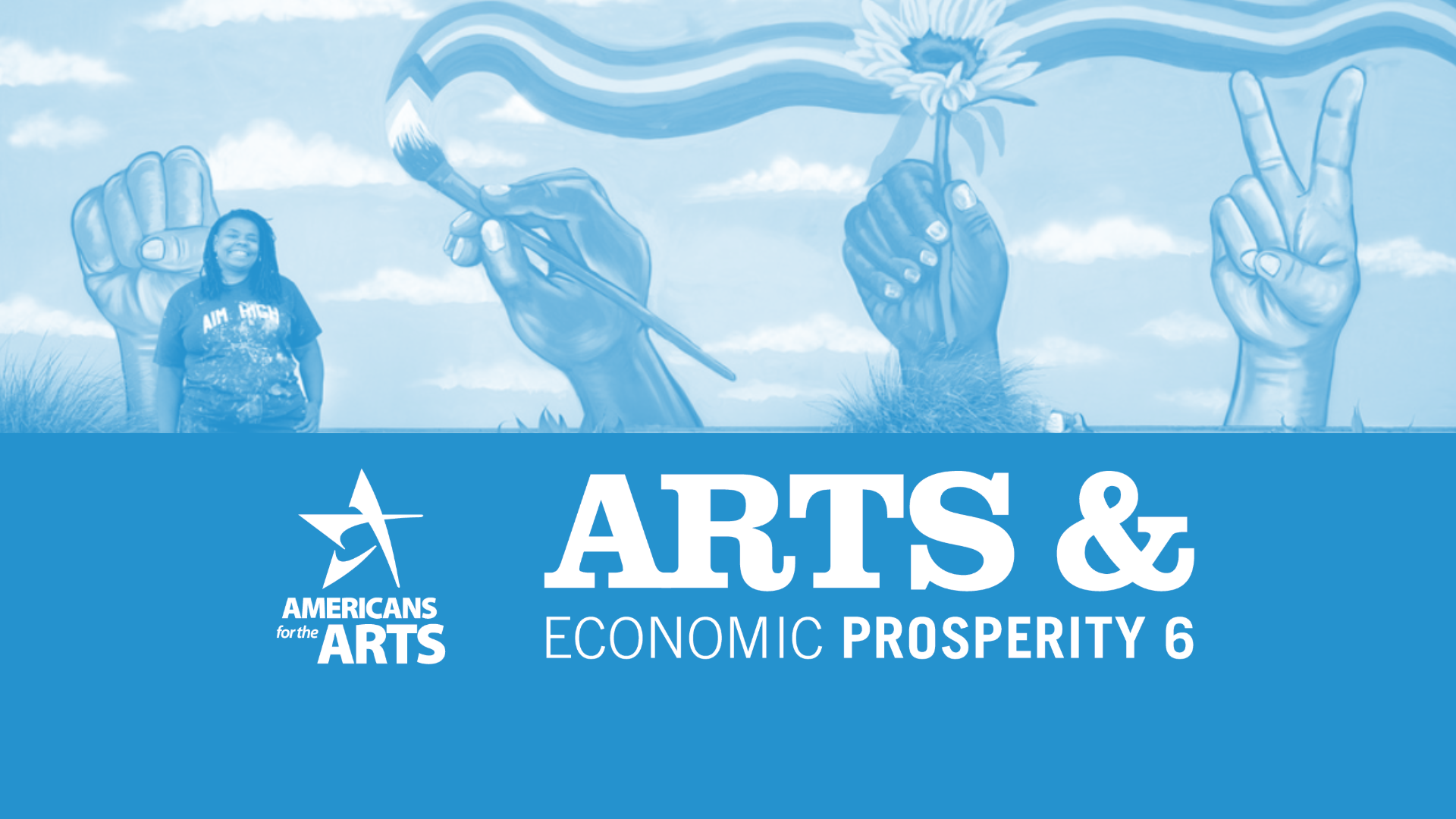
In 2022, the nonprofit arts and culture sector of West Hollywood generated $12.4 million in economic activity, according to the Arts and Economic Prosperity 6 (AEP6) study conducted by Americans for the Arts. This figure comprises $4.9 million spent by arts and culture organizations based in the city and an additional $7.5 million from event-related audience spending. This economic activity supported 248 jobs and provided $9.6 million in household income, contributing almost $3.4 million in local, state, and federal tax revenues.
The AEP6 study gathered data from 1,032 attendees at various events from May 2022 to May 2023, revealing significant spending trends:
- Visitors from outside Los Angeles County spend an average of $85.76 per event, while local attendees spend $45.45.
- The typical expenditure per person, per event is $51.20, not including ticket prices, primarily at local businesses such as restaurants, shops, and hotels.
Additional key figures from West Hollywood’s AEP6 study include:
- $7.5 million in event-related spending by audiences.
- $3.4 million generated in local, state, and federal government tax revenue.
- 248 jobs supported by the sector, providing $9.6 million in household income.
- 86.5% of respondents view arts and culture activities as a source of community pride.
- 80.7% would feel a loss if such activities or venues were no longer available.
The 2012 AEP study showed that the average arts consumer in West Hollywood spent $26.05 per person, in addition to the admission price.
Nationally, the AEP6 identifies America’s nonprofit arts and culture sector as a $151.7 billion industry that supports 2.6 million jobs and generates $29.1 billion in government revenue. The typical national arts attendee spends $38.46 per person per event, not including admission costs.
The AEP6 is the sixth installment in a series of national research projects that measure the economic impact of the arts and cultural industries across various communities in the U.S. The aim of these studies is to provide evidence on how arts and culture contribute economically, emphasizing their role not just as cultural boons but as significant contributors to local economies.
The AEP6, like its predecessors, focuses on collecting and analyzing data related to spending by nonprofit arts and cultural organizations and their audiences. This spending behavior is then used to assess the economic impact in terms of jobs supported, government revenues generated, and the overall contribution to the GDP. These findings help local, state, and national policymakers understand the economic importance of investing in the arts and support the case for public and private funding.
The AEP studies receive various critiques despite their significant positive impact on arts advocacy.
Critics often question the methodologies used to calculate the economic impact of arts and culture. Concerns include the reliability of survey data, the representativeness of the sample size, and the assumptions used in economic models. For instance, the multiplier effects used to estimate indirect impacts might be overstated, leading to potentially inflated economic impact figures.
By emphasizing the economic contributions of the arts, there is a concern that the intrinsic value of the arts—such as fostering creativity, cultural enrichment, and community identity—might be overshadowed. This economic focus might lead policymakers to value the arts more for their economic benefits than for their cultural, educational, or social impacts.
The studies often include estimates of audience spending (on items such as meals, parking, and accommodations) as part of the economic impact. Critics argue that this might double-count dollars that would have been spent in the local economy regardless of arts events, known as the substitution effect, where entertainment dollars are simply shifted from one type of spending to another.
While the study illustrates the economic impact during the survey period, it may not adequately address the long-term sustainability of arts funding and its economic implications. Economic benefits presented may not necessarily imply stable, long-term funding for arts organizations, especially in changing economic climates.

Such a great focus for our City.